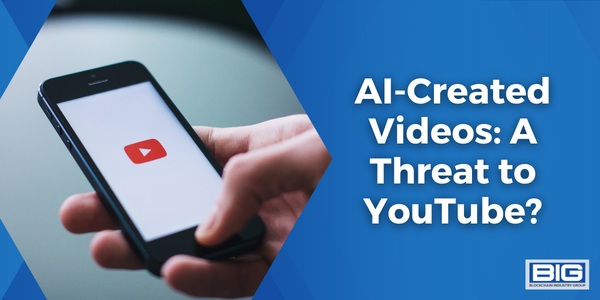
As AI technologies continue to advance, the creation of generative videos – videos that are automatically generated by computer algorithms – is becoming increasingly easy and fast. One of the key drivers of this trend is the development of text-to-video tools, which allow users to input a script or other written content and automatically generate a corresponding video.
One of the most striking features of these generative videos is the use of virtual hosts – computer-generated avatars or characters that act as narrators or presenters. These hosts can be made to look and sound almost indistinguishable from real humans, raising the possibility of a future where it becomes difficult to tell the difference between real and virtual personalities.
This development has the potential to disrupt the entire YouTube ecosystem, which is built around the idea of human creators and influencers. With the rise of generative videos, it’s possible that many of these creators could be replaced by virtual hosts, leading to a shift in the way that content is produced and consumed on the platform.
It’s important to note that generative videos are not yet at the point where they can fully replace human creators. However, as the technology continues to evolve, it’s likely that the line between real and virtual personalities will become increasingly blurred. This raises a number of questions and concerns about the future of YouTube and the broader media landscape.
For example, how will viewers react to virtual hosts? Will they be able to build the same level of trust and engagement with these characters as they do with human creators? How will the rise of generative videos affect the business model of YouTube and other platforms, which are currently built around human creators and influencers?
Legal Services and the Disruptive Impact of AI
—
Monetizing AI: 10 Strategies for Early Adopters
—
OpenAI, Elon Musk, DALL-E and ChatGPT
These are just a few of the questions that will need to be considered as AI-powered generative videos become more prevalent. While it’s impossible to predict exactly how these technologies will play out, it’s clear that they have the potential to fundamentally change the way that we create and consume media. It will be important for the industry to keep a close eye on these developments and to think carefully about the implications for the future.



